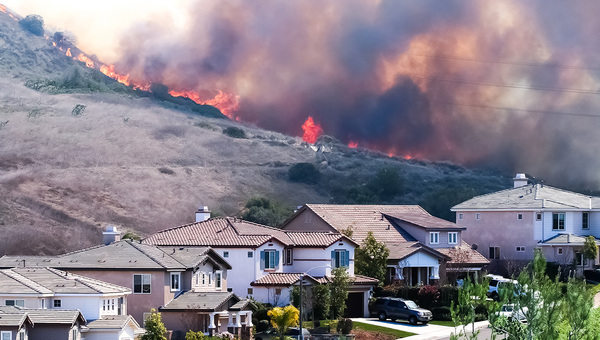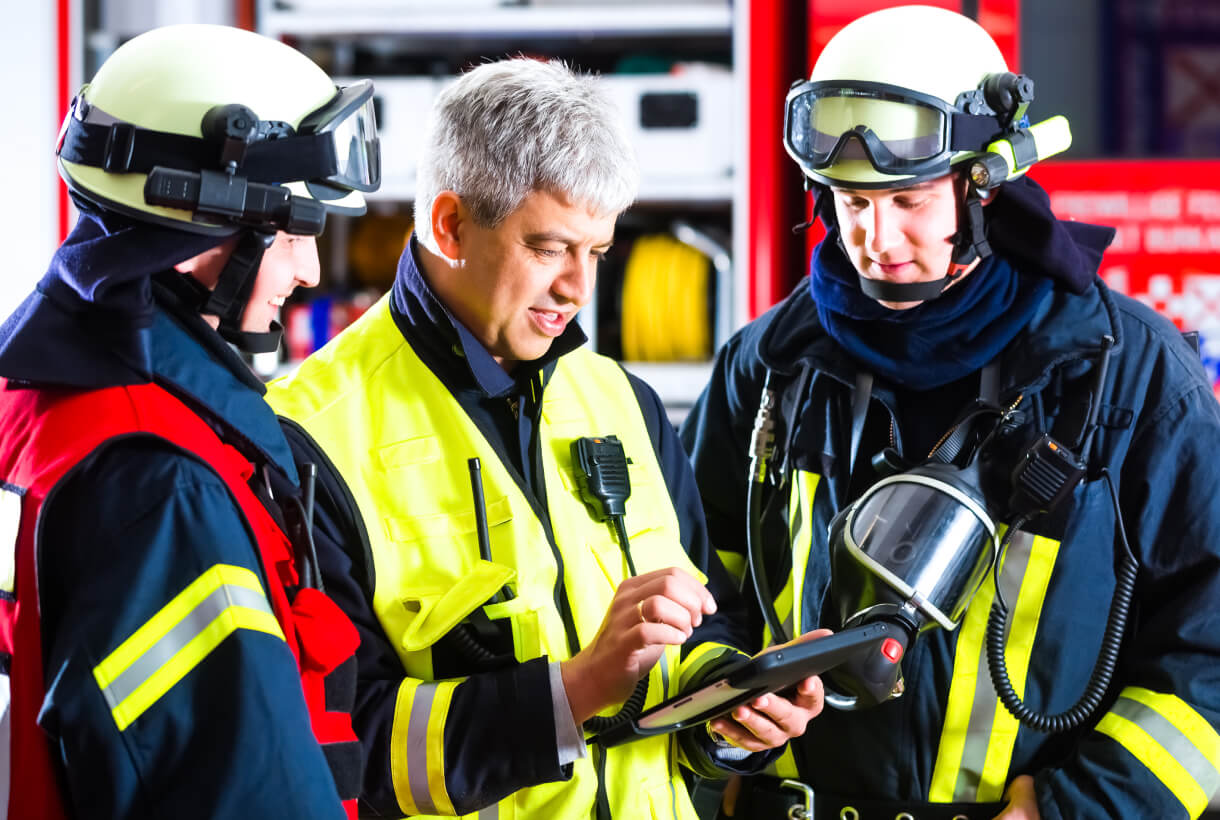Catastrophic wildfires in California and a deep freeze in the South ─ the first few weeks of 2025 challenged communities across the U.S. with unpredictable and disruptive severe weather.
A reliable emergency mass notification system can help you keep the public informed and safe in the event of a wildfire, winter storm, tornado, hurricane, flood, or other natural disaster. Whether you’re alerting the public to road closures or sending an evacuation notice, the right alerting system will allow you to:
- Target alerts to only the people who need the information
- Eliminate the manual process of alerting your community to severe weather
- Easily and confidently send alerts via multiple methods, including IPAWS
In addition to having the right technology in place, use these tips before, during, and after a severe weather event to keep residents, visitors, stakeholders, and employees safe and informed:
- Understand your community's needs. When a severe weather event, such as a wildfire occurs, the faster accurate information is disseminated, the better chance your community will have to take action and stay safe. A carefully planned disaster preparedness strategy puts forth actionable plans for safety and takes into account the unique characteristics of your area, including the landscape, location and number of fire stations and evacuation routes.
- Establish clear channels of communication. Amid the threat of severe weather, you’ll need clear and effective channels of communication to alert residents of evacuations and updates quickly. An emergency mass notification system provides a dependable way to communicate with citizens, employees and first responders via phone, email, text, social media, and other communication media.
- Train your personnel. During a crisis, your staff needs to act quickly. To do that, they need to learn and regularly practice with your notification system. Pressure can often build when emergencies occur and having a strong familiarity with your system decreases the risk of errors.
- Prepare for possible scenarios. Crafting a variety of alerts in advance within your system helps ensure fast delivery when it matters most. Once an evacuation notice is written and approved by individual entities, your organization can quickly initiate an alert within seconds to provide life-saving information in times of crisis.
Sample Communications Templates for Wildfires
Save time, property and lives during a wildfire using these alert templates.
- Keep it simple and smart. When a wildfire threatens your area, and people need to take action, clear communication is critical. It’s important to use everyday language and terminology to make sure your message is understood. A clear and straightforward message will often be the most effective.
- Test your plan and systems. Many organizations test as often as twice a month to make sure that staff is familiar with the system and that contact data is current. Testing your alert system should be done on a regular schedule. It will ensure that your targeted recipients are familiar with the alerting process, that they quickly recognize the alert source and are familiar with how to receive and respond to the alert.
- Engage with your community. Your messages are only as valuable as the contact data in your system. Routinely engage with your community to improve opt-in rates through marketing campaigns utilizing social media, radio, local news outlets, direct mailers and more, and send reminders for people to check and make sure their contact information is up-to-date. This will help ensure the fast and reliable delivery of life-saving messages at the right time, to the right person, on the right device.
- Establish a post-event follow-up plan. A fire can continue to take a toll even after the smoke has cleared, so your communication plan should outline procedures not only for recovery but also for the follow-up. A final update once a situation is resolved will help refocus your staff on productivity.
- Review, evaluate and adapt after the danger has passed. Gather your team for a review of what worked and what could be improved. Make plans now on what you can do differently next time. A post-event review will often help agencies evaluate where improvements can be made, as well as what worked, to help them be better prepared for severe weather impacts in the future.
During a severe weather emergency it’s important to keep information flowing to aid in the safety and recovery of your community. Learn more about how an emergency mass notification system, like CodeRED, can help you when every second counts.



